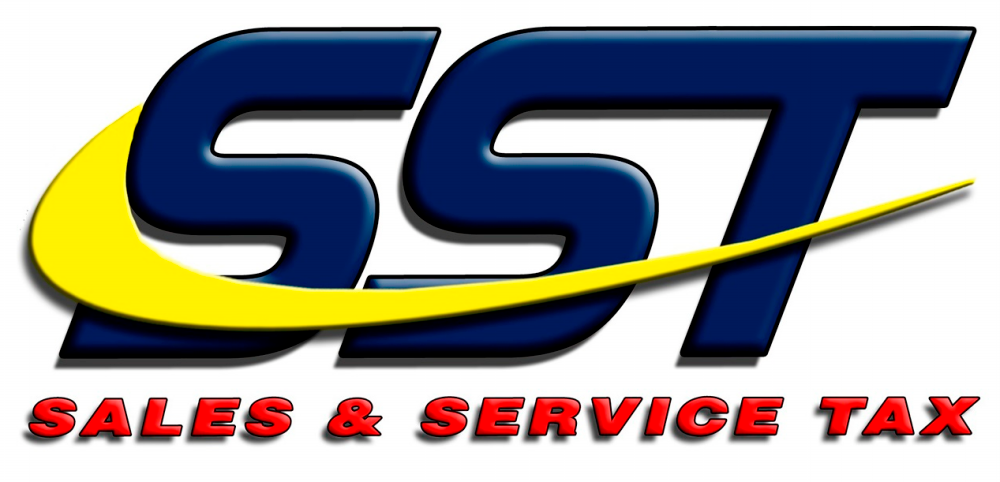THE government is unlikely to reintroduce the Goods and Services Tax (GST) in light of the slowing world economy. GST is seen to be a regressive tax that will burden lower income groups.
At the same time, the government requires revenue to reduce the budget deficit and to finance the development expenditure. Where will the money come from?
The money needed will have to come from increased collection of existing taxes or the introduction of new taxes such as capital gains tax, luxury tax and low value goods tax.
Why don’t we think out of the box and look at ways of increasing the tax collection and removing some of the headaches faced by the business community in complying with the Sales and Service Tax (SST) mechanism? You can kill two birds with one stone.
Increasing tax collection from direct taxes will be unproductive since our tax rates are already on the high side with the top individual tax rate at 30% and corporate tax rate at 24%. However, modifying indirect taxes, in particular SST, will be less painful if it is targeted away from the B40 and possibly the lower band of the M40.
Headaches faced by businesses in complying with SST
The common headache faced by manufacturers in complying with sales tax are the conditions associated with the exemptions used to provide relief from paying sales tax on the purchases of inputs.
These conditions are onerous – for example, a manufacturer who imports raw materials or inputs needed for manufacturing and thereafter exports the finished goods needs to comply with different exemption conditions on the importation of the raw materials and on the export of the finished goods.
Another example is where trading companies buy goods from registered manufacturers and export such goods, the transaction has to be conducted within six months of the purchase. Similarly, many exemptions enjoyed by manufacturers require meeting various conditions. This is cumbersome as they need to keep track of the transactions.
The chances of manufacturers slipping up in the process is real, and this becomes a “cat-and-mouse game” between the Royal Malaysian Customs Department and the manufacturers. Why do we need to waste our resources when the underlying intention of the manufacturers is to produce the goods and sell them in the local market or export them?
There are equal number of problems in implementing the service tax. Local service providers rely on the business-to-business (B2B) exemption to avoid the multiple stages of taxation. To enjoy the B2B exemption, the services have to be the same, and only limited categories, such as professional services and advertising services, can enjoy the exemption. All other providers buying or importing services to incorporate them into their final service will end up bearing the cost. The current service tax mechanism is not efficient and adds layers of costs to the cost of doing business in Malaysia.
How do we overcome these headaches?
A simple answer will be to introduce some of the good elements of the previous GST regime into the existing SST system. The most important one would be to introduce the input and output tax mechanism and do away with most of the exemptions needed throughout the supply chain.
By introducing the input and output tax mechanism, refunds will inevitably arise, and the previous experience of delays in obtaining refunds should be avoided.
How do we increase revenue?
This recommendation does not change the SST regime. You can still use the positive list (i.e. tax will only apply on goods and services that are specifically mentioned in the list). If the government wants to increase taxes, then it must consider increasing the number of goods and services that will be subject to sales tax and service tax. The additional goods and services prescribed should avoid burdening the B40 group and the lower segment of the M40.
Serious thought should be given to modifying the SST regime with some of the good elements of GST such that there will be an increase in tax revenues and the same time easing the doing of business in Malaysia.
This article is contributed by Thannees Tax Consulting Services Sdn Bhd managing director
SM Thanneermalai (www.thannees.com).










